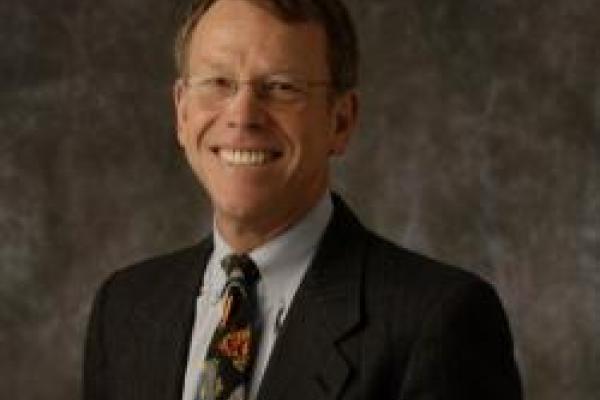
Dr. Clear will be joined by expert panelists Dr. Townsand Price-Spratlen (Associate Professor of Sociology - OSU) and Mr. Steve Van Dine (Bureau Chief, Bureau of Research and Evaluation - Ohio Department of Rehabilitation and Correction).
Abstract
The prison population in the United States began to rise in 1972, and increased every year between 1972 and 2010, and by that time the number of prisoners was about 8 times what it was in 1972. In 2011, the national prison population dropped slightly for the first time in a generation. It has been on a slight decline since. This talk reviews the factors that fueled the almost 40-year growth in incarceration, and then assesses why prison populations are now showing evidence of slight decline. Whether this decline is a permanent change in the punitive landscape, or a temporary sift, is discussed. The talk concludes with a review of the what it would take to see a much larger change in true number of people behind bars.
In recent years, the violent crime rate has dropped to near record lows. At the same time, there has been an explosion in the number of private citizens who obtain a license to carry a concealed firearm in public. There are now nearly eight million people with concealed carry permits nation-wide, and yet little is known about how they think about crime, threat, and self-defense. An analysis of in-depth interviews with 36 concealed handgun license holders in Texas suggests that while concealed-carry instructors explain threat in ostensibly race-neutral, colorblind language, license holders themselves utilize racialized and classed understandings of crime as they navigate public spaces. As this research makes clear, the way that license holders think about crime and victimization, including differences in how men and women explain threat, is a critical component in understanding the social implications of an armed citizenry.Lecturer
Todd Clear is Provost Rutgers University-Newark; previously, he was Dean of the School of Criminal Justice. In 1978, he received a Ph.D. in Criminal Justice from The University at Albany. Clear has also held professorships at Ball State University, Florida State University (where he was also Associate Dean of the School of Criminology and Criminal Justice) and John Jay College of Criminal Justice (where he held the rank of Distinguished Professor). He has authored 13 books and over 100 articles and book chapters. His most recent book is The Punishment Imperative, by NYU Press. Clear has also written on community justice, correctional classification, prediction methods in correctional programming, community-based correctional methods, intermediate sanctions, and sentencing policy. He is currently involved in studies of the criminological implications of “place,” and the economics of justice reinvestment. Clear has served as president of The American Society of Criminology, The Academy of Criminal Justice Sciences, and The Association of Doctoral Programs in Criminology and Criminal Justice. His work has been recognized through several awards, including those of the American Society of Criminology, the Academy of Criminal Justice Sciences, The Rockefeller School of Public Policy, the American Probation and Parole Association, the American Correctional Association, and the International Community Corrections Association. He was the founding editor of the journal Criminology & Public Policy, published by the American Society of Criminology.
(Please view the map for the Psychology Building here: http://www.osu.edu/map/building.php?building=144. The Tuttle Park Place Garage is the nearest pay parking facility open to the public, and is located at 2050 Tuttle Park Place. For further information on this parking facility, please go to: http://www.campusparc.com/osu/garages/tuttle-park-place).
